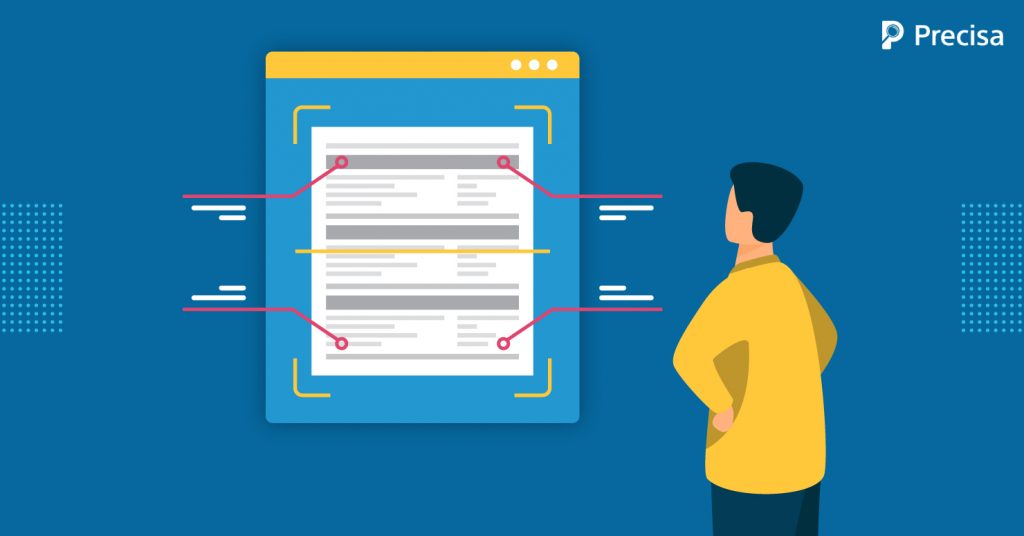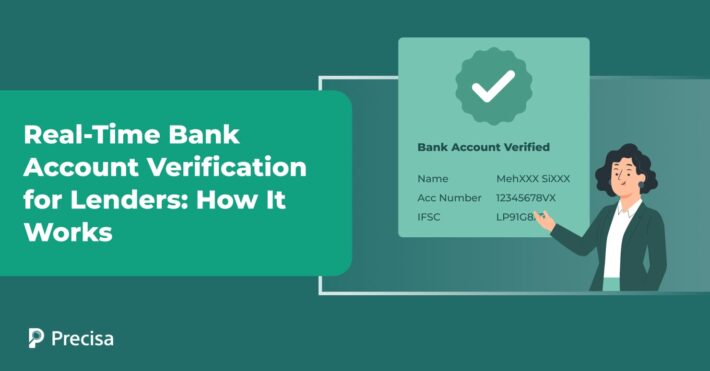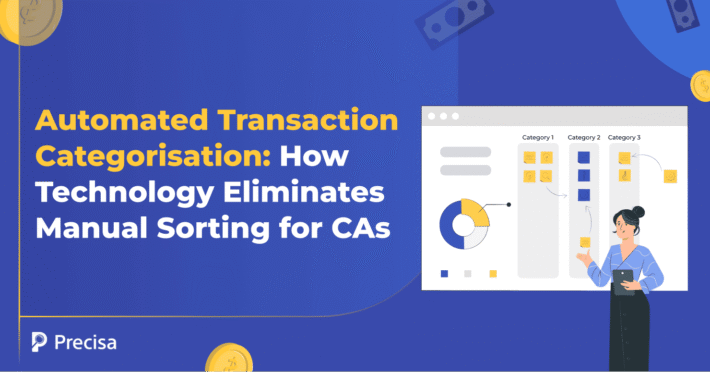Bank Transaction Analysis: 7 Key Things That Influence The Lending Decision

There may be several instances when a business owner is on the lookout for funds for their enterprise. Maybe they want to scale the business or fund an expensive machinery purchase, or take their products into a newer market. Whatever be the reason, the entrepreneur will need a loan to take the business to a new height of success.
When they approach the bank for a loan, the bank asks for a transaction statement for an analysis that involves studying the financial transactions. It refers to gathering data and analysing the outflow or debit and credit or inflow over a time period based on bank transactions statements of the borrower. The transaction statements are vital records of an individual’s financial health.
7 Things to Scrutinise During Bank Transaction Analysis

A bank transaction analysis provides the lender with insights on recurring transactions, repaying capacity, loans, defaults, income, its frequency, etc. Transaction analysis involves analysing loan transactions, debit and credit card payments, analysis of cheques and ACH payments and several other vital aspects:
1. Credit Score
The bank takes an authorisation from the loan applicant to run a credit score check based on the transaction history. The business should have a high credit score to avail a loan. When the business owner is vested with a 20 percent or more capital in his venture, the bank can consider his personal credit score also. Borrowers who have a high credit score can easily approach the local bank and qualify for a loan. However, those with low credit scores have the option of going to alternative lenders. Or they may need to provide collateral or a personal guarantee for loan approval.
Loans for low credit rating borrowers are usually disbursed in the form of Automated Clearing House (ACH) or Merchant Cash Advance (MCA). The loans are based on the monthly revenue of the business bank account. These loans come with a high rate of interest.
2. Monthly Revenue
When the applicant is a first time borrower, the bank will check the transaction statement of their personal bank account. However, if a loan is sought for business that has been operational for a year or more, the bank scrutinises the current account transactions of the last six months. When assessing the loan application, the lender will check the transaction statement for the average monthly balance and approve a loan depending on the monthly revenue. The average monthly balance will determine the applicant’s payback.
However, simply maintaining a healthy average monthly balance will not make the business eligible for a loan that they’re looking for. The loan amount offered will be lower than the monthly balance so that they can maintain the payback amount.
3. Cash Balance
The cash balance in the transaction statement refers to the amount of money available in the borrower’s account. A positive cash balance increases the chances of loan approval. On the contrary, a negative cash balance reflects the applicant’s mismanagement of finances and is a cause of concern for lenders. The ideal amount that a potential borrower needs to hold as a cash balance depends on the amount of loan applied for.
4. Debt To Service Ratio
The bank will check the applicant’s capacity to repay the loan by analysing the transaction history. Next, the bank will evaluate their repayment history and assess the amount of debt that the borrower may currently have. The lender bank then reviews the income and calculates the debt to service ratio. A bank generally expects a minimum debt service coverage ratio to be 1.20 times to grant a loan.
5. Capital
The bank will review the business’s transaction history and financial records to evaluate the company’s capital or the amount of money that the business must work with. A business that has adequate capital stands a more substantial chance of getting its loan approved. Banks check how much capital has been invested in the company, as it shows how vested are the interests of the owner in the business. Banks may approve a loan if the personal financial position of the applicant is strong even if the outcome of bank transaction analysis is not very promising.
6. Cash Overdrafts
The cash overdraft facility allows the account holders to issue cheques for funds that are not present in their account. Though this is intended to help the business owner in times of need, it also reflects upon the cash flow management and spending habits of the loan applicant. A frequent overdrafts in the transactions indicate an inefficient management of the finances and likely default on the loan repayment. Banks may ask for supporting documents and a possible explanation for the overdrafts.
7. Withdrawals and Liabilities
Sudden withdrawals of a large amount or several withdrawals of similar amounts at regular intervals can be a potential red flag. It may indicate a recurring expense, an undisclosed loan or a debt that needs to be paid. All businesses have several liabilities that need to be paid regularly like rentals, hire purchase etc. The transaction statement on analysis clearly shows such liabilities. A loan application with regular withdrawals and liabilities can easily get the approval. The applicant can be asked about withdrawals and liabilities that are not accounted for to ensure proper credit assessment before loan approval.
The bank transaction statement and its analysis is the most important factor among many others that banks and lenders consider when assessing the loan application. This is because the bank transaction statement presents a comprehensive picture of the loan applicant’s financial position, cash flow management and spending habits.
Precisa is the perfect bank transaction analysis software to streamline and optimise the loan approval process. It helps capture the borrower’s credit standing, gain insights into their transaction history, and create concise reports to assist in the lending process. Take the 14-day free trial.



